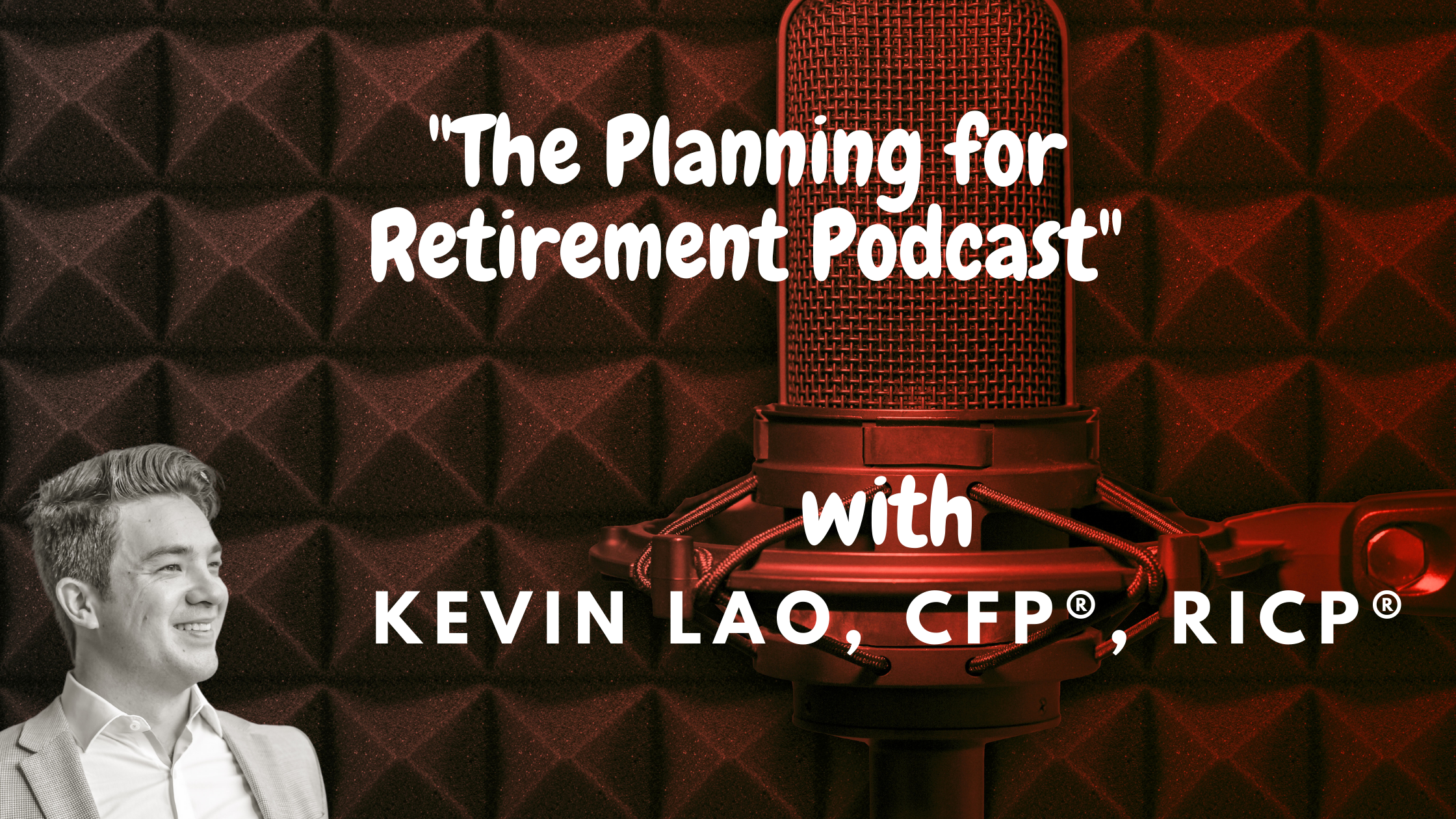Ep. 39 – Are you getting too conservative too early before retirement?
The issue with getting too conservative too quickly is that you bring inflation, longevity, and interest rate risk into the picture! This is NOT an ideal situation for retirees in 2024!
In this episode, I discuss the three reasons I believe most investors get too conservative too early, my issue with “Risk Tolerance” as the primary driver of asset allocation, and the concept of “Risk Capacity.”
Instead of selecting your asset allocation based on how you feel, or overly simplistic rules of thumb, reverse engineer your asset allocation based on your personalized financial goals and “required rates of return!” Meaning, don’t invest based on how someone ELSE tells you to invest but invest based on your priorities and values.
A few links I referenced:
Jack Bogle’s Asset Allocation Rule of Thumb
The 15/50 Rule of Thumb
Ep. 36 – Asset Location to Improve Tax Efficiency in Retirement
If you are interested in working with me 1 on 1, please fill out our Retirement Readiness Survey here, and we will provide personalized feedback on how and what we would address your financial situation.
Feel free to send me an email with your support, feedback, or questions for me! kevin@imaginefinancialsecurity.com
Thank you!
– Kevin
Follow me on FB
Follow me on LinkedIn

